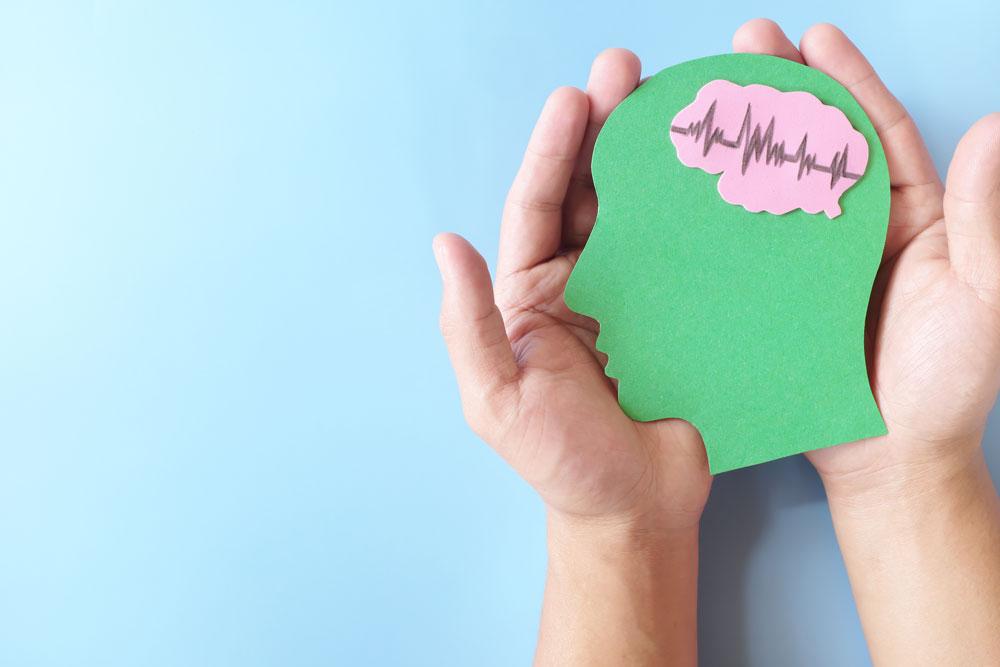Dr Shivani Sharma, Associate Professor in Health Equity, University of Hertfordshire, School of Life and Medical Sciences on how we can recognise and address health inequalities
There has never been as much talk about health inequality. We live in a time when it is widely recognised that physical and mental well-being is not fairly distributed amongst all communities. The COVID-19 pandemic coupled with major events in society have put the extent of disadvantage into sharp focus. Marmot’s landmark report ‘Fair Society, Healthy Lives’ and its review ten years on concurs that effort to narrow the health gap is not progressing at pace, and for some, the reality is that the gap is widening.
In multi-cultural England, the data tells us that people from minority ethnic backgrounds are more likely to carry the burden of physical and mental health disadvantage. But before we dive into this, let’s first clarify the difference between two terms that are often used interchangeably but mean different things – ‘health inequality’ and ‘health inequity’. ‘Inequality’ refers to a measurable difference. But not every type of difference is inherently inequitable. For example, we might expect that older adults as compared to youth will experience more physical health complaints. The dimension of health inequity assigns a moral judgement on whether a difference in experience or outcome is unfair and reasonably avoidable.
The picture in relation to physical and mental health amongst minority ethnic communities in England is complex and the way that data is presented can often mask important differences between the experiences of specific community groups. We know that although the direct and indirect drivers of poorer outcomes are wide ranging, they include factors such as poverty, educational opportunity, environmental factors, behavioural factors, and structural racism. Many, but not all, ethnically minoritised communities are disproportionately impacted by socioeconomic deprivation, known to live in the 10 per cent of most deprived neighbourhoods. There is a path that most people can imagine that might follow on from this related to access to resources, physical environment, social capital, and life opportunities in general that all feed into such disadvantages spilling into physical and mental health outcomes. Disadvantage rarely sits in an isolated box. Some of the inequities that exist include higher rates of severe mental illness such as schizophrenia in Black heritage communities, to variations across ethnic groups in rates of physical conditions such as type 2 diabetes and cardiovascular disease.
The evidence tells us that access to care, even in healthcare systems that are free at the point of use such as the NHS, remains problematic. Community groups with the highest need for mental health support are less likely to be able to access timely, relevant assessment and intervention, and when they do, outcomes are often worse than for white heritage counterparts. So, how then do we re-engineer the way care is planned and delivered to ensure that equity in physical and mental health is meaningfully at the heart of agenda for policy makers, service commissioners, service enablers, and researchers? Education, transformation, challenge.
Education
Making physical and mental well-being a reality for ethnically minoritised communities is the responsibility of a range of professionals, sitting across a diversity of fields. But is education fit for purpose to help this workforce act as catalysts of equity in their everyday professional lives? To what extent does physical and mental health training sufficiently support skills in concepts such as cultural sensitivity, cultural awareness, understanding and disrupting structural racism, and championing kindness in leadership? Until education sees a reform towards placing equity at the centre of training and development, we might not see the degree of community and patient advocacy at all levels to bring health equity intelligence into every element of practice. The workforce, be this in education, physical, mental, or allied health domains, has an essential role as change agents in narrowing disadvantage. They need to be empowered with the mindset and tools to understand and address systemic issues in practice.
Transformation
Doing as we have done before is clearly not a path to bringing about the change that society is calling for. Scientific evidence tells us that change is stronger when the voices of those it is being engineered to support are central to the whole process. In this way, we can work towards a better understanding of the barriers, and enablers to designing preventive as well as responsive well-being initiatives. This may mean rethinking models of health, well-being, and intervention to ensure that they are culturally informed. At the same time, there needs to be recognition that transforming care to be truly personalised is a resource intensive endeavour, requiring professionals who are confident in understanding the interplay between different life factors, and skilled in building trust and rapport with communities as partners in remodelling how they want to access support and what good support looks and feels like.
Challenge
Health inequity, though in vogue, is not a new phenomenon. There is ample, quality evidence, on the basis of which changes in policy and practice can be enabled to address longstanding issues for communities who have been marginalised in care. We need to ask bigger questions to accelerate the pace of change, using existing evidence to mobilise action.
What does effective partnership with change agents in the community mean?
How can we ensure that everyone has access to information in a way that feels relevant and accessible to them to reduce burden of non-communicable health issues?
How can educational pedagogy foster a generation of professionals who embody so-called cultural sensitivity and competence?
What is culturally informed mental health assessment and intervention?
Does it matter if the approach to labelling and providing support for challenges is radically different to serve the needs of distinct cultural communities?
How do we enable every person to bring health equity intelligence to their practice?
Interrogating some of these questions will lead to co-designed methods of disrupting the status quo, and redesigning a system that works better to address the very real challenge of our time – that your ethnic identity is related to how much physical and mental health you enjoy!





